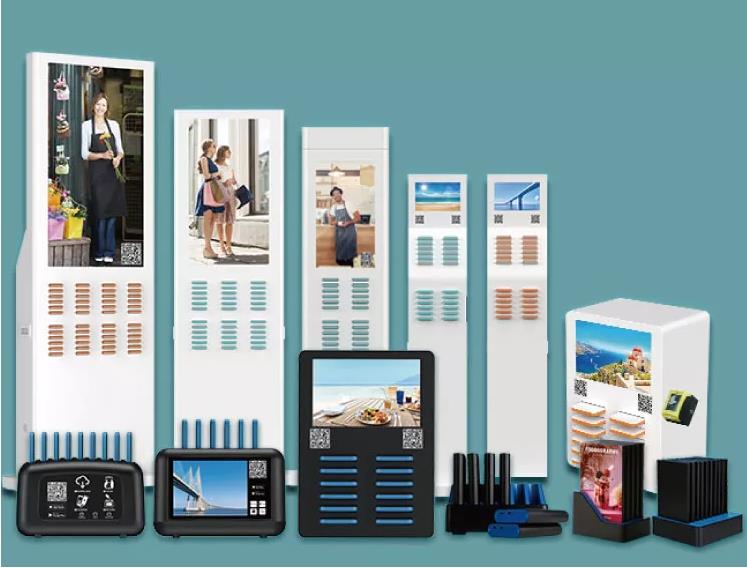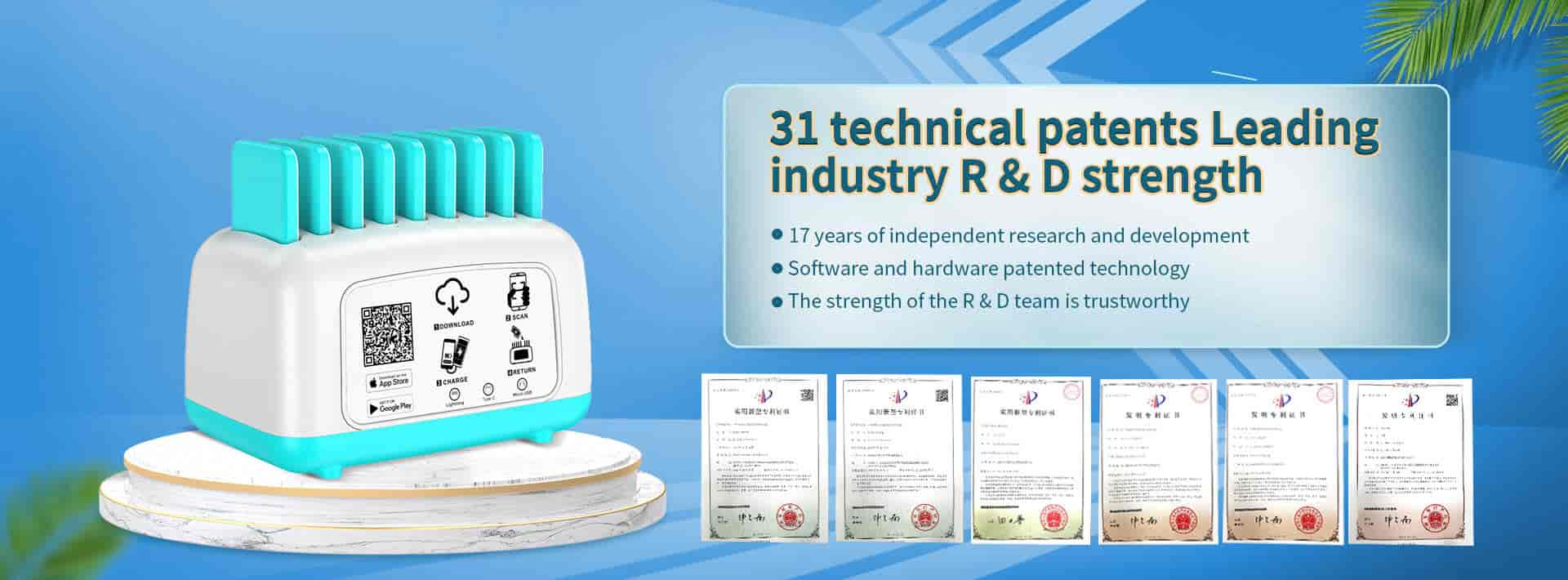The shared power bank needs to be placed in the business, and someone can rent it to generate profit. The user is charged for emergency charging, and the cost is attributed to the owner of the shared power bank, which is the agent of the power bank cabinet. Then many friends will also think that the shared power bank How much is the business divided into?
Shared power bank merchants are divided into proportions, first look at the city, about 50% of the first- and second-tier cities, and about 30% of the third- and fourth-tier cities
According to the big data of the general background of STW shared power bank, in first- and second-tier cities, the share of merchants in shared power bank is higher than that in third- and fourth-tier cities. Generally, merchants in first- and second-tier cities can receive about 50% of the user's payment amount, while Merchants in third- and fourth-tier cities are divided into about 30%. The main reasons are as follows:
The rental costs of stores in first- and second-tier cities are higher, and the consumption level of users and the acceptance of shared power banks are higher. Therefore, first- and second-tier cities often see that a merchant will place multiple power bank cabinets, because the rental unit price Higher, take Shenzhen as an example. Now the shared power bank has long since bid farewell to the one-dollar era. Now it is charged at 3 yuan an hour, or 2 yuan for half an hour. It will be found that the rental cost of the power bank is so high. At the same time, there are many brands of shared power banks in the first- and second-tier cities, and the market competition is large, so about 50% of the business is divided.

The competition of power banks in third- and fourth-tier cities is relatively small, but the rental rate is relatively low. Many merchants want power banks to provide convenience for users, and they do not pay too much attention to the profits of power banks. Therefore, merchants in third- and fourth-tier cities Divided into about three percent.
Shared power bank merchants share the proportion, and then look at the scene of the launch, the high consumption places have a high proportion of profit
If a shared power bank wants to make money, blind placement will only lead to the situation of shared bicycles before, which is extravagant and wasteful, with low rental rate and slow return on capital. If you want to do well in shared power bank, you need to identify the merchants and choose high-quality merchants.
High-quality merchant customers have strong spending power. Although the merchants’ share is higher, the agents can also earn more.
We have classified some simple consumption scenarios. Category A is high-quality merchants, and category B is general merchants.
Category A: bars, KTVs, leisure clubs, stations, scenic spots, hospitals, etc.
Category B: restaurants, milk tea shops, convenience stores, coffee shops, barber shops, foot bath shops, Internet cafes, etc.
Generally, the division of A-type shared power bank merchants can be as high as about 60%, and the B-type shared power bank merchants are divided into about 40%.
If the shared power bank wants to make money, the merchants can not give less, then choose the agency brand with higher profit to do it, STW shared power bank, the 100% profit sharing activity is in progress, the product can be distributed as low as one, welcome your Consult to understand.




